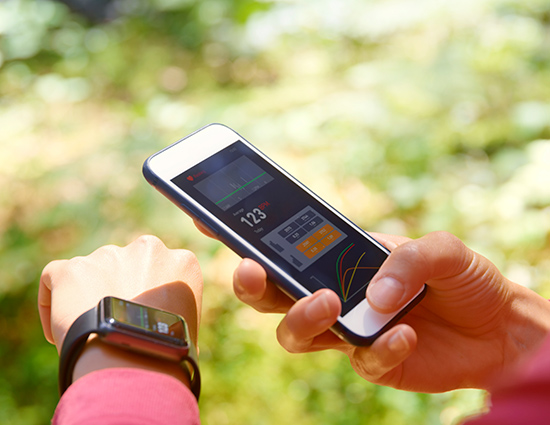
Revolutionising health monitoring could just be the start for photonics
Photonics promises to revolutionise health monitoring. Here, Tom Watson explores the wider potential in personalised medicine – and provides insight into overcoming the key challenges that lie ahead.





